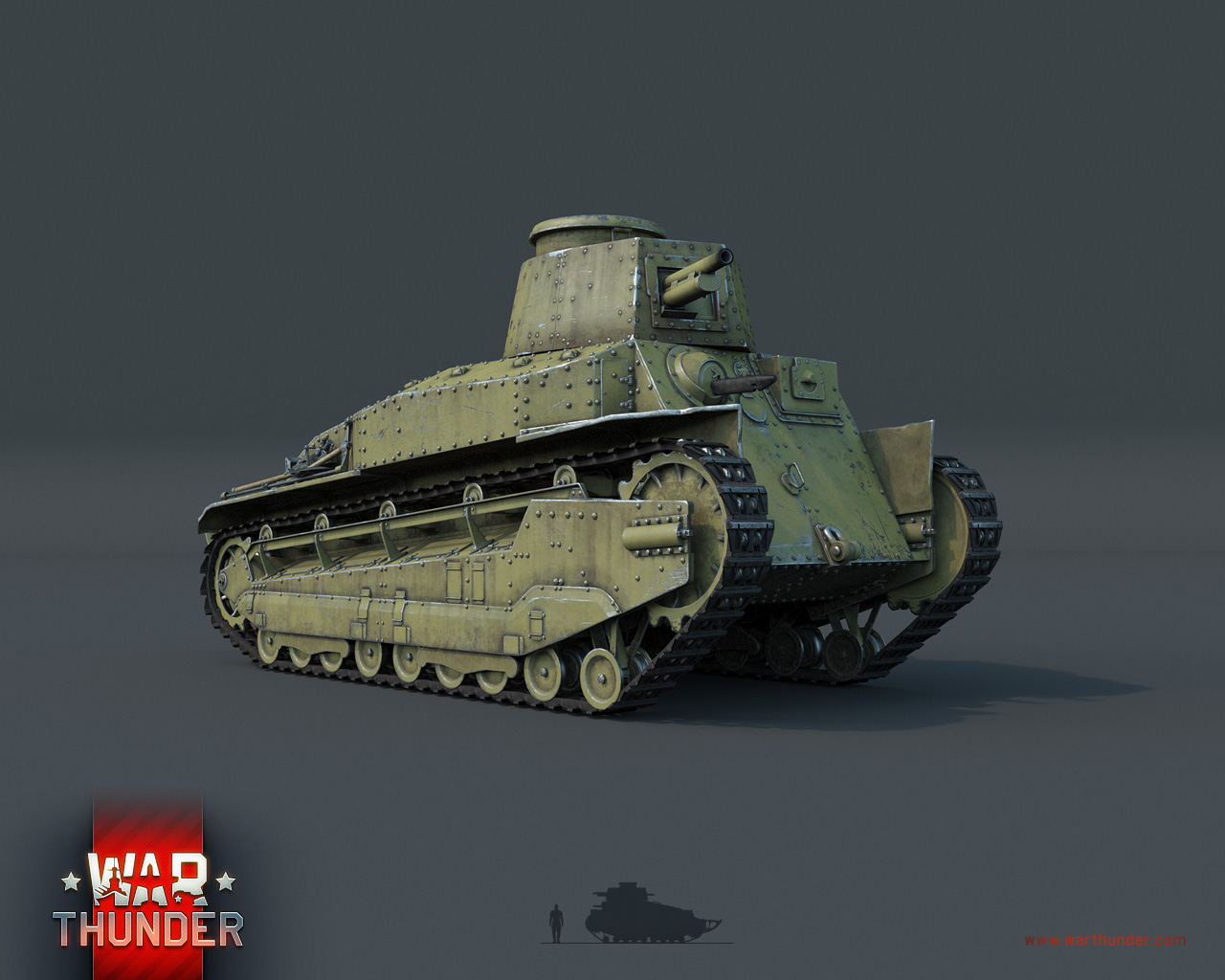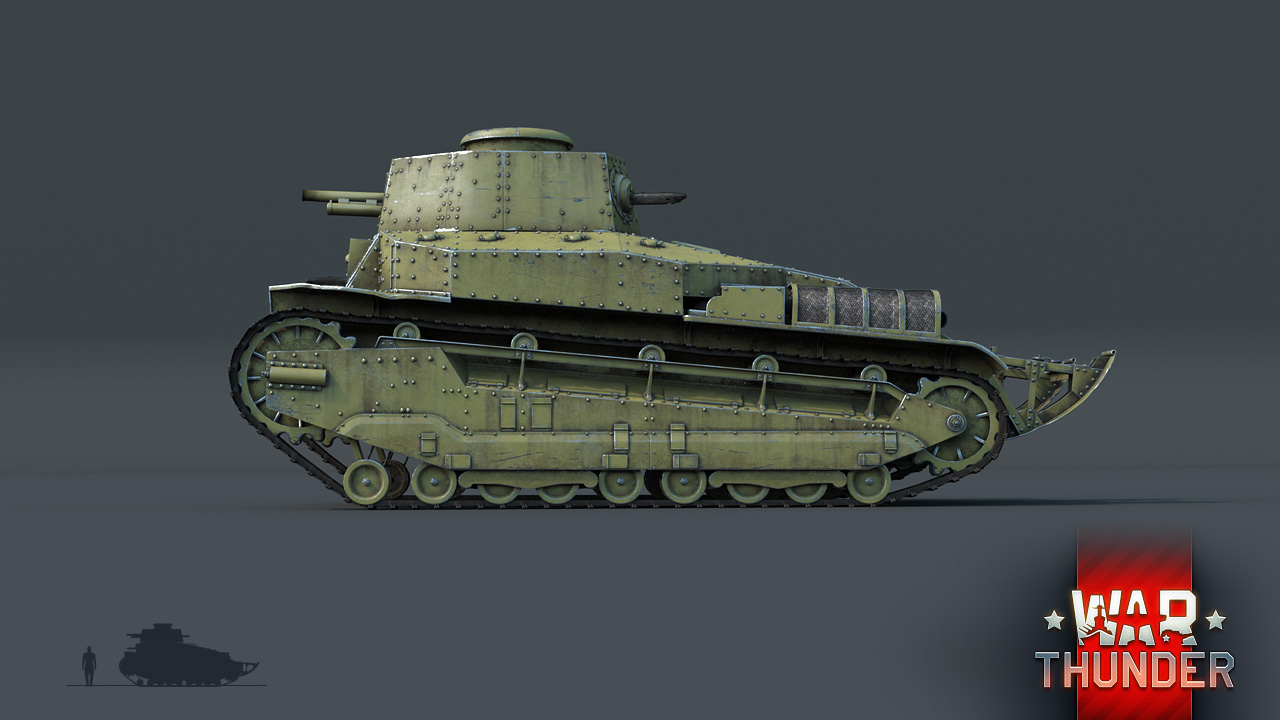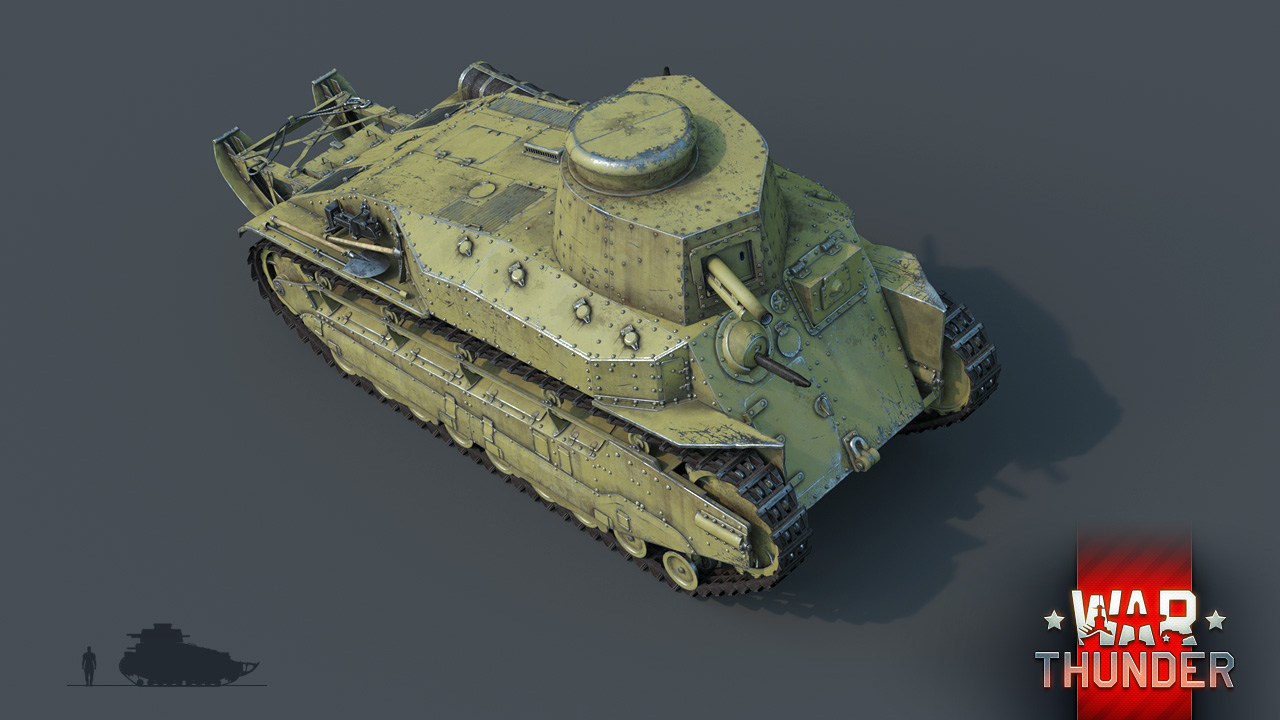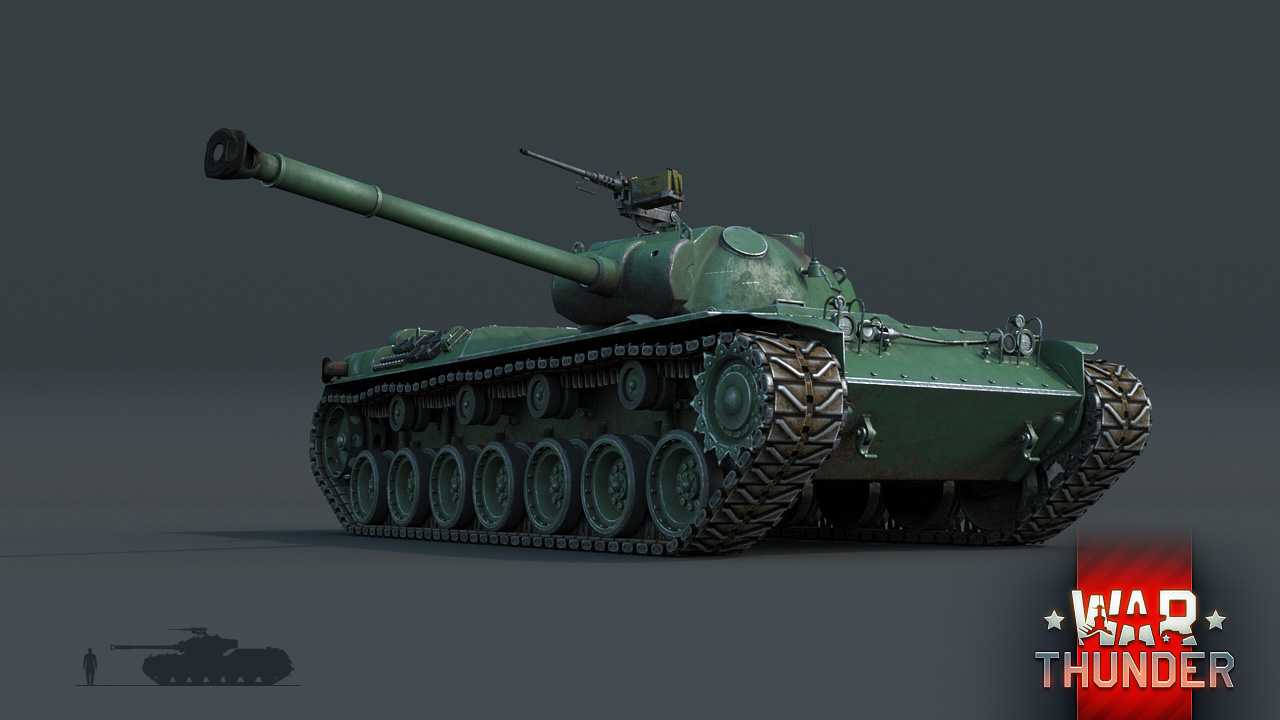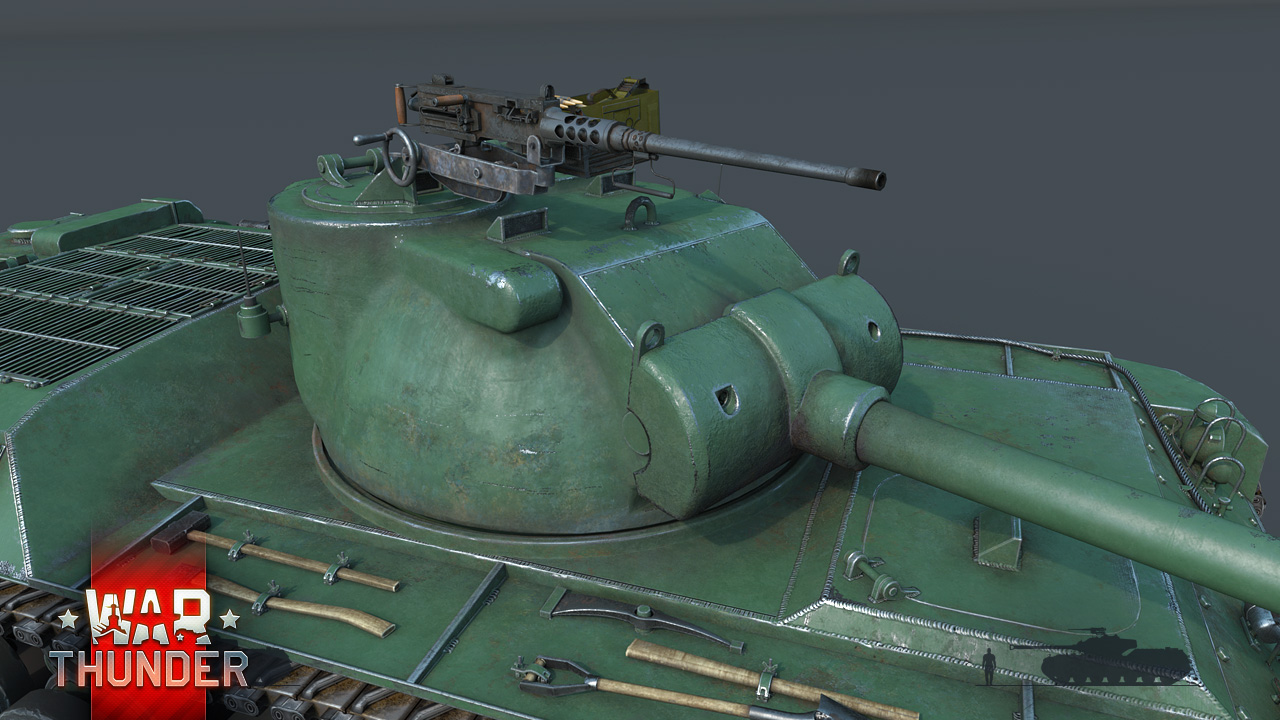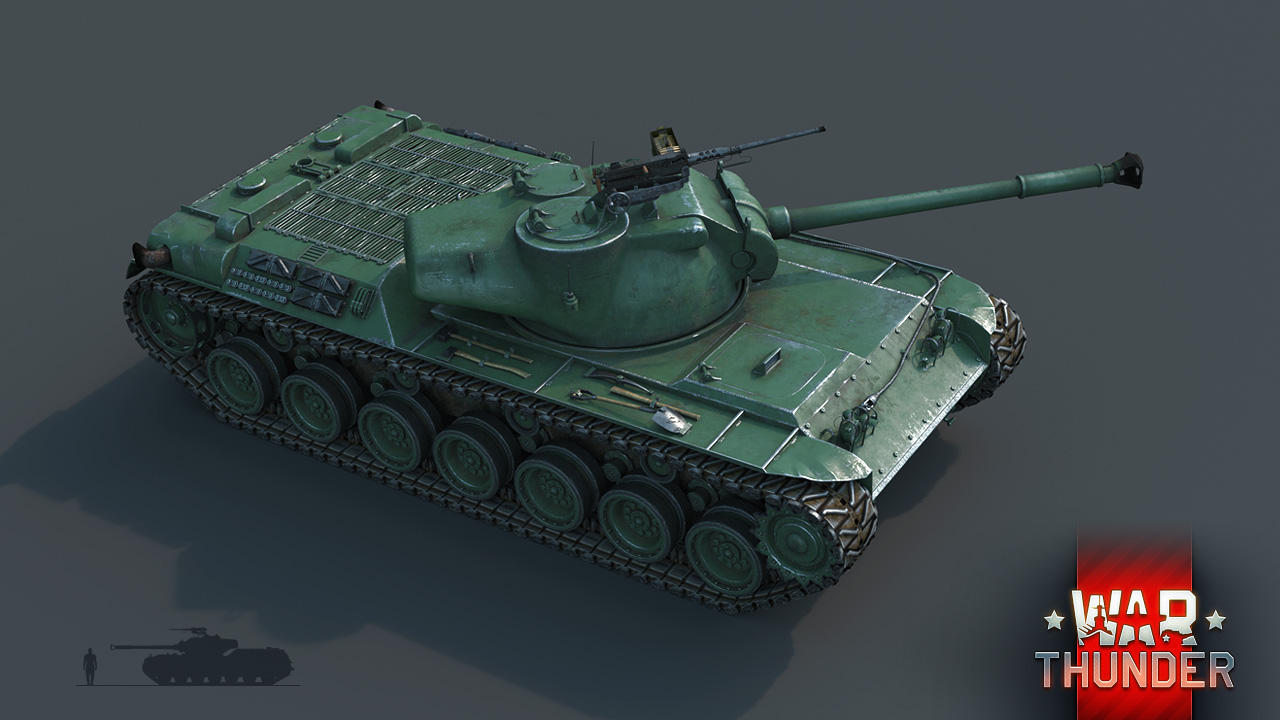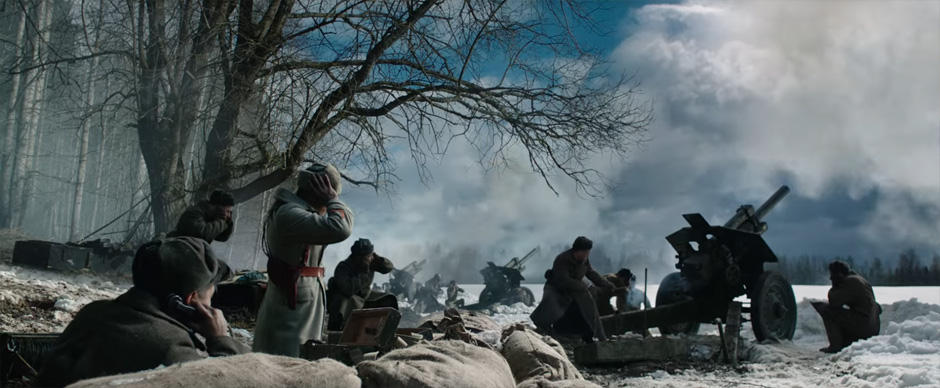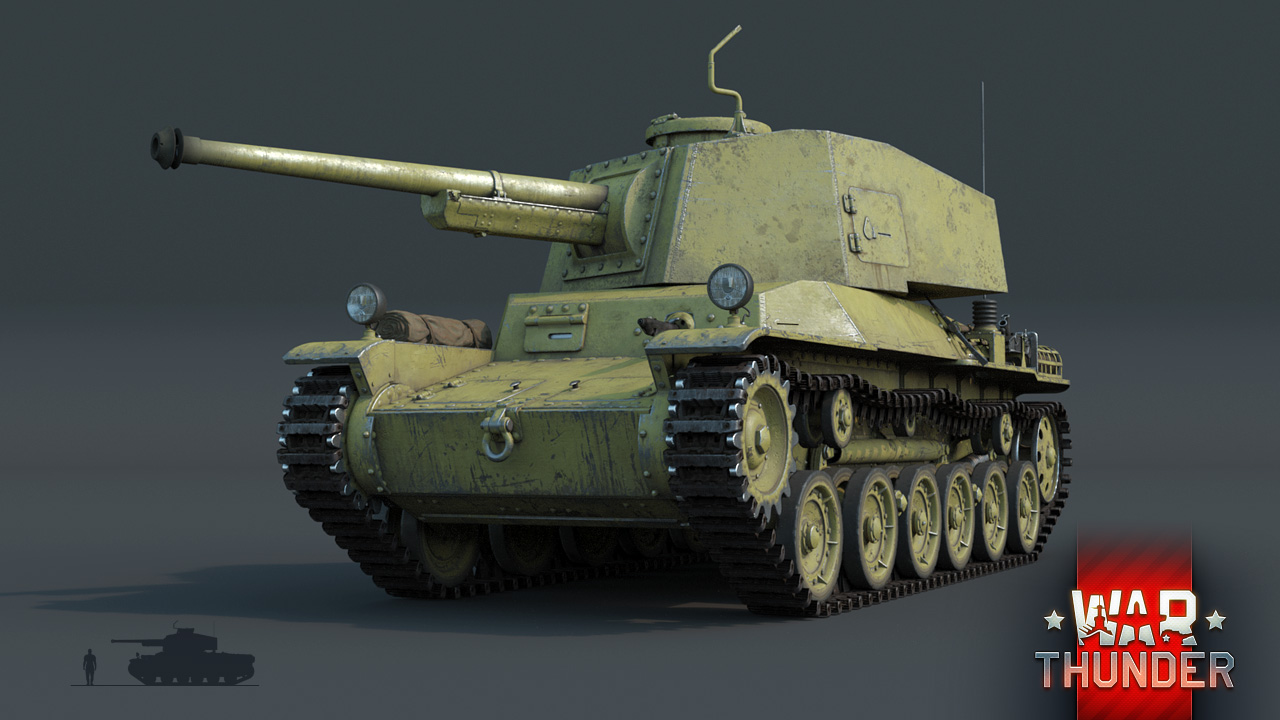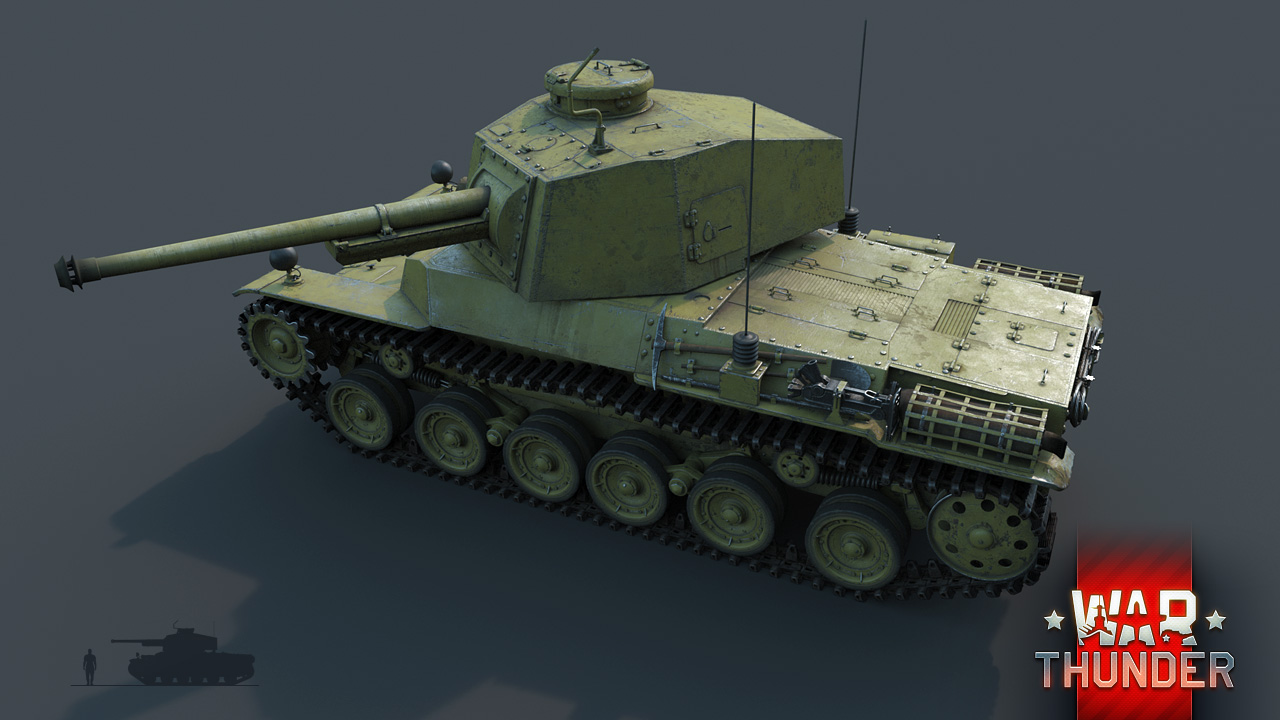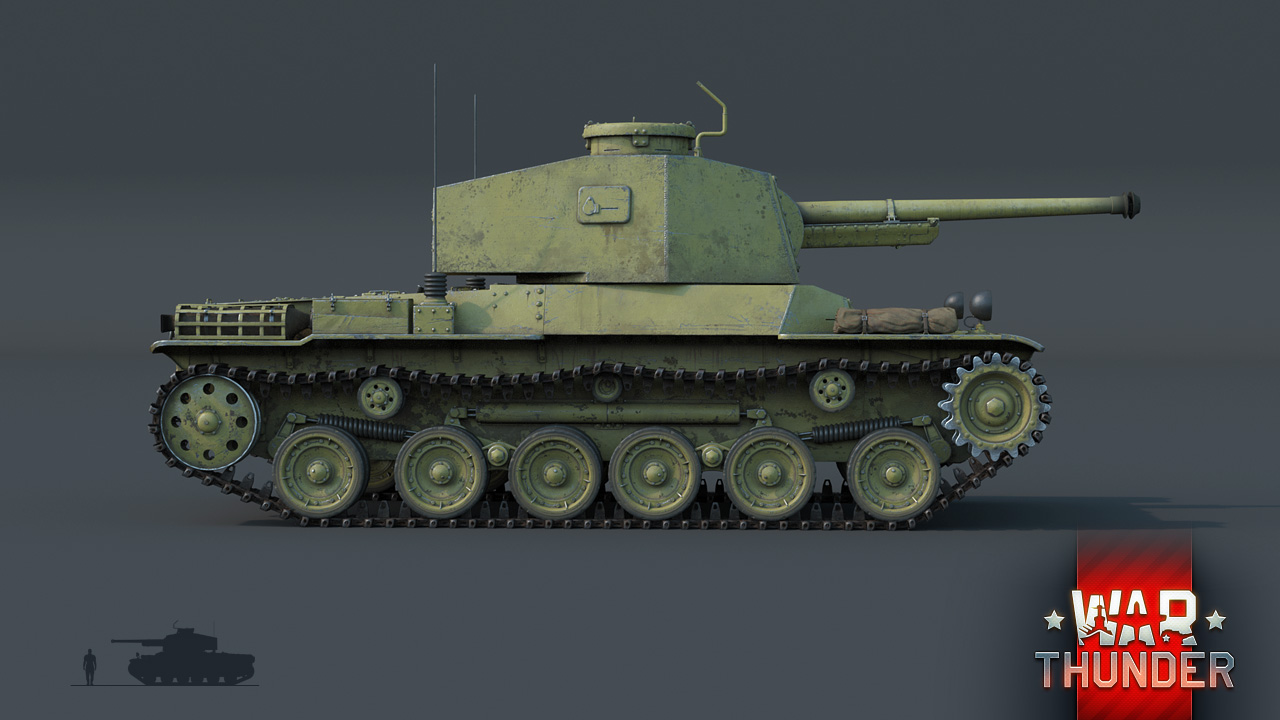
Nov 23, 2016
War Thunder - pryanick
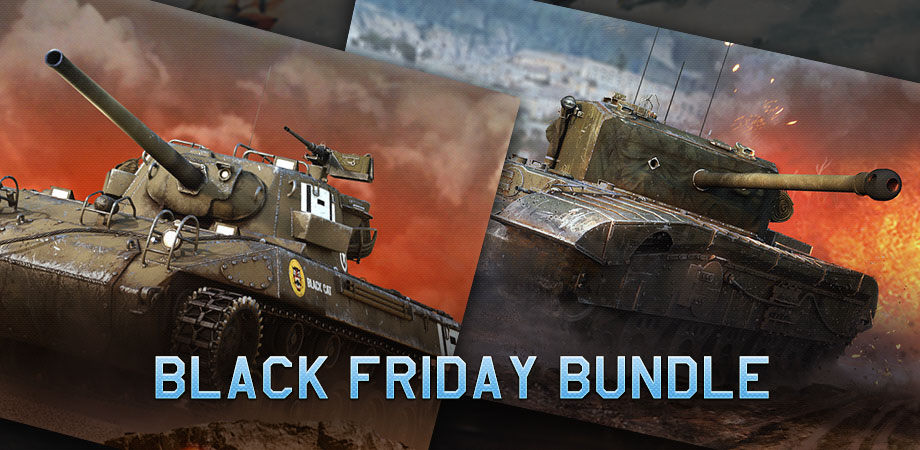
Dear players! You have a great opportunity to get all five Steam-exclusive DLCs at half the price!
The bundle will be available from November 23rd (18:00 GMT) till November 29th (18:00 GMT).
The bundle will be available from November 23rd (18:00 GMT) till November 29th (18:00 GMT).
Autumn Sale bundle includes following packs:
War Thunder - Ace Advanced Pack
War Thunder - Steam Pack
War Thunder - Red Fury Advanced Pack
War Thunder - Desert Rats Pack
War Thunder - Panzer Pack
Already have one of these packs? We won't charge you for it!




